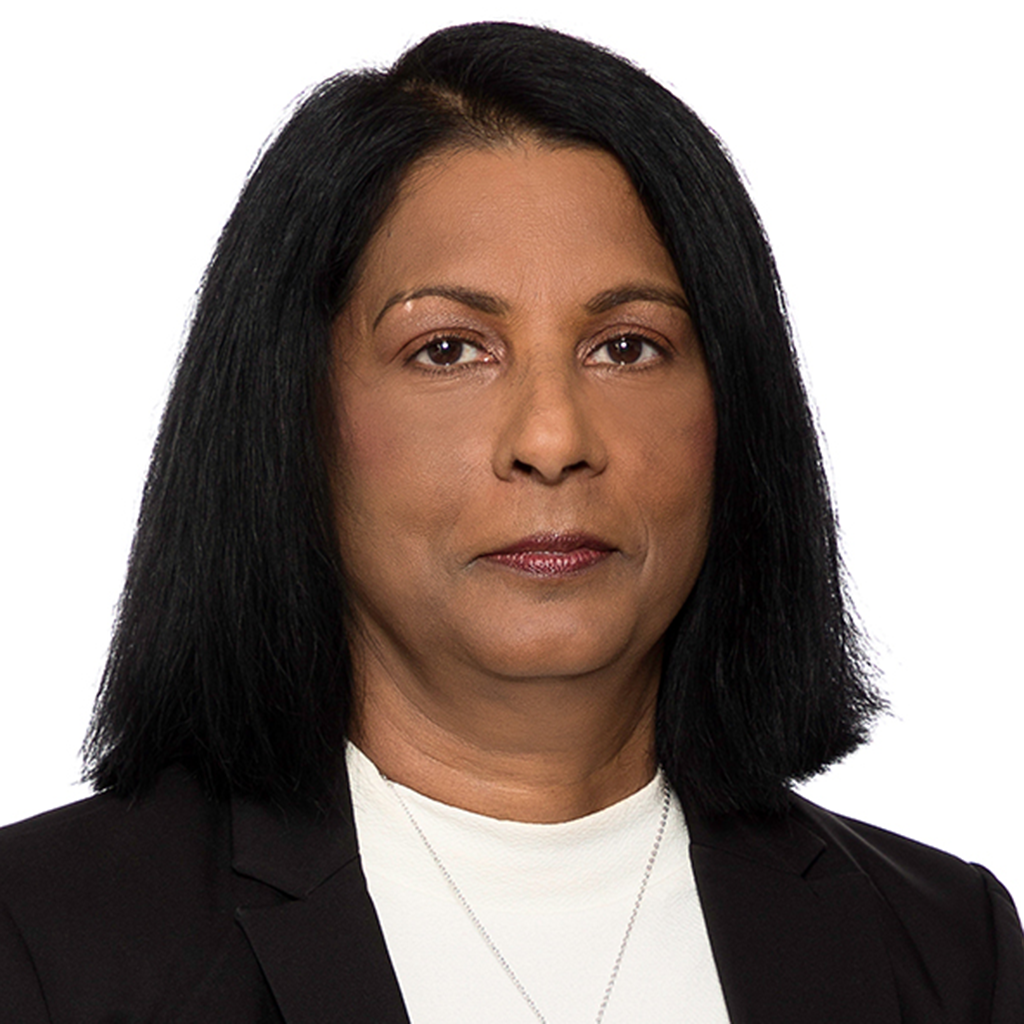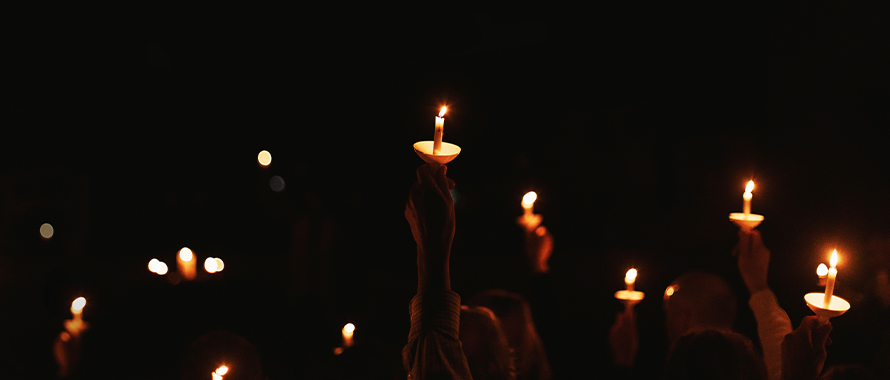On May 26, four Catholic churchgoers in Burkina Faso perished in the latest terrorist attack in a series that began on April 29, when a Protestant pastor and five parishioners were killed following Sunday services. Three other attacks were carried out last month against Christian worshipers in the country—two during mass and one during a religious procession—resulting in 11 more fatalities. Until recently, Christians had lived and worshipped in peace within the majority of the Muslim West African country.
These attacks are just some of the most recent acts of terrorism targeting religious institutions in cities around the world. Targets of attacks include churches, mosques and synagogues alike. In April alone, coordinated terrorist bombings in Sri Lanka killed 253 people and wounded hundreds of others as they attended Easter Sunday services at three separate churches. Also in April, three historically black churches in St. Landry Parish in Louisiana were targeted by a single arsonist. On March 15 in Christchurch, New Zealand, 49 worshipers were shot and killed in terrorist attacks on two mosques.
“One of the big challenges is that religious (institutions) are usually open to the public, hold large groups and do not have on-premise security,” said Heather Schaaf, Underwriting Director, Executive Liability, Burns & Wilcox, Chicago, Illinois. “Though they want to be open and inclusive, religion is personal and can be a very polarizing topic, which can make institutions a target as they stand for something that others may oppose.”
While globally terrorism decreased overall between 2014 and 2017, terrorism targeting religious institutions is on the rise. There were 22 terrorist attacks on religious targets in the U.S. in 2016, with only one resulting in fatalities when an Imam and his assistant were shot near a Queens, New York mosque. In 2017, there were 11 terrorist attacks carried out on houses of worship in the U.S., including a mass shooting of parishioners attending Sunday services at a church in rural Sutherland Springs, Texas on November 5 that resulted in the tragic loss of 26 lives. Also in 2017, six people were killed and 19 others wounded at a mosque in Quebec City, Quebec.
Attacks on religious institutions continued in 2018, including the October 27 mass shooting at the Tree of Life synagogue in Pittsburgh that took the lives of 11 congregants and wounded six others.
Religious institutions are well aware of the threat posed by terrorism and hate crimes. The Faith-Based Information Sharing and Analysis Organization, which provides threat assessments and risk-mitigation strategies to communities of all faiths and denominations, upgraded its overall threat level assessment following an attack on a San Diego County synagogue in April of this year. Changes like these mark an ongoing awareness of vulnerability.

Even if you do not see your organization as a typical target, the nature of such events is unpredictable, so it is best to be prepared by taking security measures and having adequate covering in place.
“These institutions are really striking an increasingly awkward balance between openness and security,” said Emil de Carvalho, Executive Director and Head of Crisis Management, Americas at S-RM, a global risk consultancy firm based in New York City. “To worship one needs to be secure, one needs to feel safe; however, security cannot (impede) openness. It is a predicament that most organizations in the private sector do not experience.”

The biggest challenge is: how does the (religious organization) continue to (be inclusive), without being suspicious of each new person?
Lalita Mohabir, Product Specialist, Burns & Wilcox Canada, Toronto, Ontario, agreed. “The biggest challenge is: how does the (religious organization) continue to (be inclusive), without being suspicious of each new person?” The aim of each religious institution is to safeguard itself as well as possible without compromising its fundamental accessibility and inclusivity.
Prevention
Crisis management consists of three main elements: prevention, preparation and response. Anticipating and averting an attack is the primary objective, de Carvalho said, achieved by focusing on prevention. “The first step is to conduct a detailed risk assessment, to really understand the current threats and vulnerabilities vis-à-vis each threat,” he explained.
Religious institutions can also access private security as part of an insurance policy, explained Schaaf, who outlined some of the potential benefits of Kidnap and Ransom (K&R) Insurance coverage. “The (K&R Insurance) policy is actually broader than kidnapping, (requests for) ransom, or extortion—it includes coverage for a hostage crisis, wrongful detention, and threat and/or assault events,” Schaaf noted.
Religious establishments in the U.S. can invest in coverage for acts of terrorism such as a mass shooting under a K&R Insurance policy, as such an incident would be considered an assault, according to Schaaf. “The (K&R Insurance) policy itself would cover the company (or religious organization), its employees and staff, and guests on its premises, which would include worshipers or any other visitors to the site.”
Additionally, Schaaf said, the K&R Insurance policy supports the insured party’s violence prevention and security efforts. “With every (K&R Insurance) policy, the insured party has access to a security firm,” Schaaf said. “That security firm will provide tips on how to make their workplace and their environment safer.” S-RM is one such firm, providing expert investigation and analysis of and solutions to address security threats of all kind, from cyber criminals to violent extremists.
Preparation
Once an assessment establishes an organization’s risks and vulnerabilities, the organization can begin to address them. “Perhaps the most neglected aspect of crisis management is crisis preparation,” de Carvalho said. This step in the process, he explained, “builds resiliency within the organization to absorb, manage, respond to and recover from crises and critical events.” Crisis preparation involves creating a framework within the institution that includes plans, procedures, and the identification and training of individuals and specialized teams to respond to threatening situations.
Professional security expertise and assistance can be critically important and especially beneficial when combined with other community resources. For example, as a result of the fatal mass shooting of nine people attending Bible study at Emanuel African Methodist Episcopal Church in Charleston, South Carolina on June 17, 2015, the U.S. Department of Justice convened a Faith-Based Security Summit, and in the years since, many religious institutions have banded together to help protect one another in interfaith mutual-aid collaborations.
Different houses of worship in a given geographical region form interfaith collaborations, de Carvalho explained, in which they share best practices and resources with each other, along with providing the added security of keeping a watchful eye on each other’s premises during services and other large gatherings. “These are no-cost or low-cost solutions that can provide a very useful early warning system,” he said. “If suspicious behaviors happen outside of one house of worship, then others in its network can (alert leaders of the organization and law enforcement).”
Response and Recovery
Sometimes preventing an attack is not possible; nevertheless, K&R Insurance, Religious Institutions Insurance or Terrorism Liability Insurance coverage can, along with professional risk assessment and security services, help an institution minimize the loss of life and property damage and assist with costs and recovery in the aftermath of an attack.
While local law enforcement and other first responders address immediate needs following an attack, Schaaf explained, K&R Insurance and other types of insurance coverage provide relief over the long term. Such policies include compensation for lost wages and funds to cover everything from victims’ funeral expenses to counseling for those suffering from post-traumatic stress disorder to medical expenses of any individuals injured in the attack.
Mohabir noted that Terrorism Liability Insurance could also help address these sorts of expenses. Additionally, she explained, coverage provided by a K&R Insurance policy can be customized for members of religious organizations who travel abroad to participate in mission trips on behalf of the institution with which they are affiliated. “It is world-wide coverage,” Schaaf explained. “Typically (missionaries travel) to places that are higher-risk, (often due to) political unrest, so it is a very good thing that (a K&R policy) includes coverage for them such as Hijack and Disappearance as well.”
I think the worst thing you can do is bury your head in the sand and think that nothing is going to happen and not prepare.
Facing threats is the best defense
Whether religious institutions run missions or are focused solely within their communities, the risks they face in our current climate of increased attacks targeting religious figures and institutions are considerable. “Ignoring the threats is not an effective response,” de Carvalho said; instead, he recommends that congregations and communities reach out for help. “Learn what resources are available, even within (your broader religious organization) or within your congregation. You may have members who are able to help. You may want to set up a volunteer security committee that can start looking into solutions. I think the worst thing you can do is bury your head in the sand and think that nothing is going to happen and not prepare.”
“Even if you do not see your organization as a typical target, the nature of such events is unpredictable, so it is best to be prepared by taking security measures and having adequate covering in place,” Schaaf concluded.







